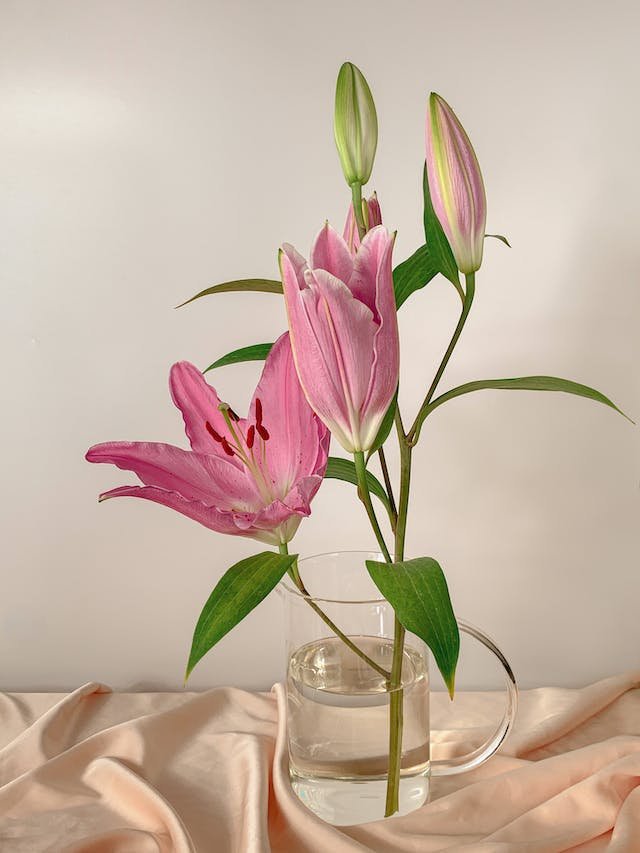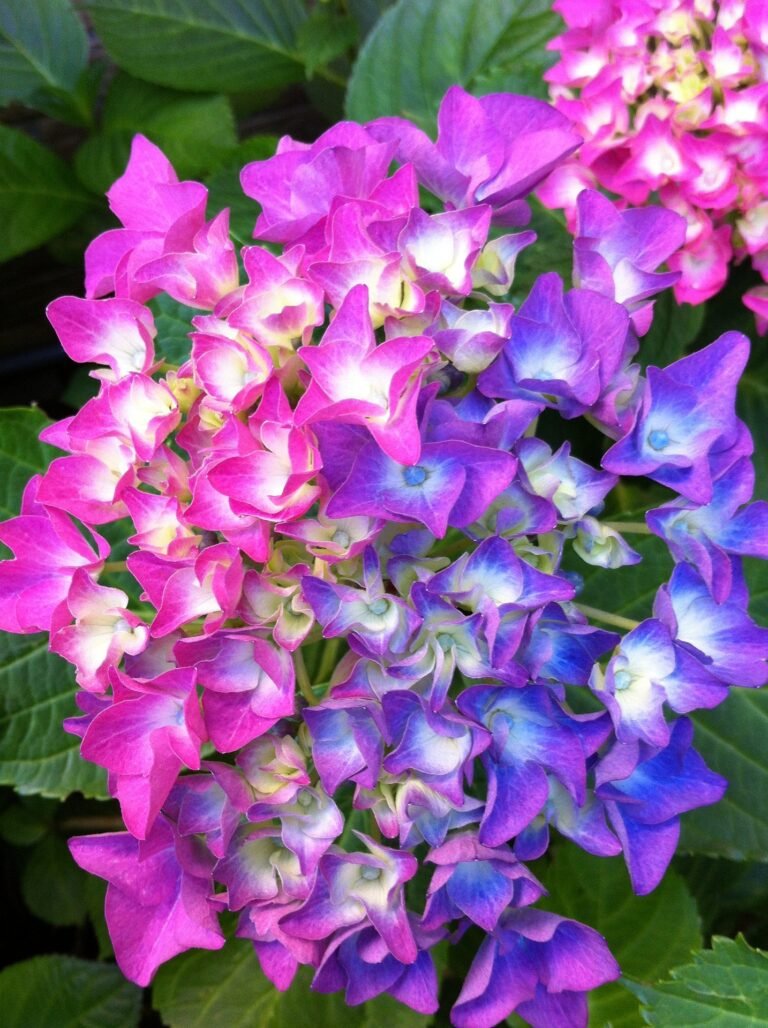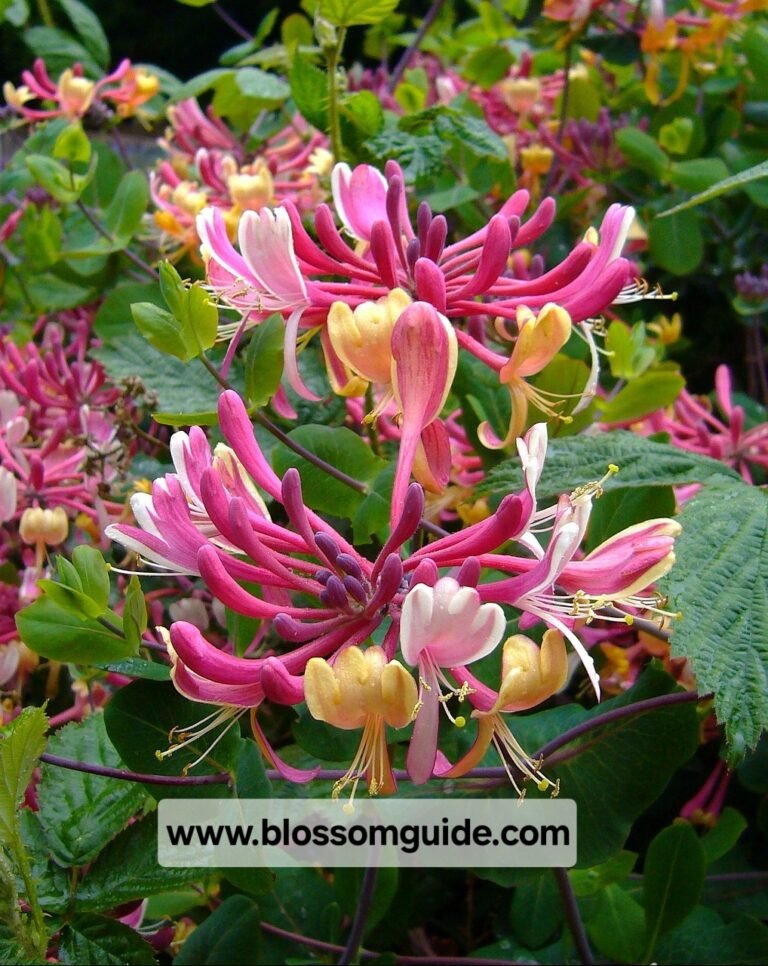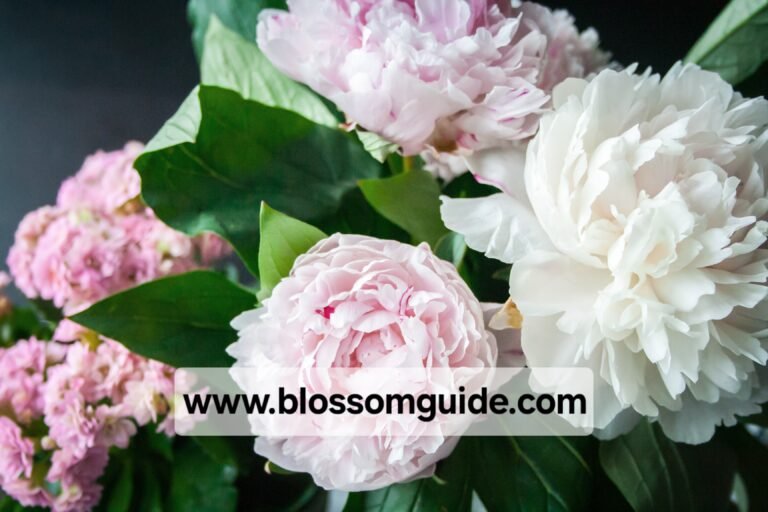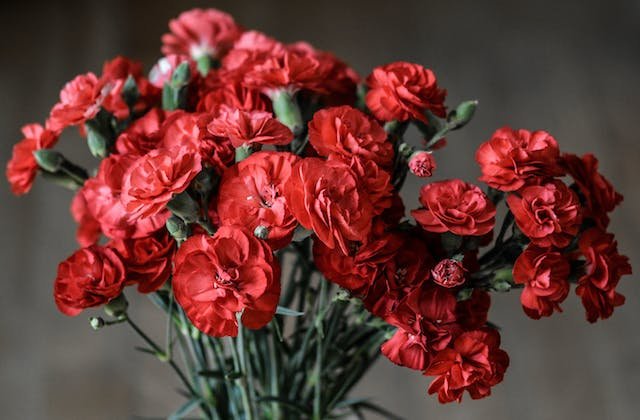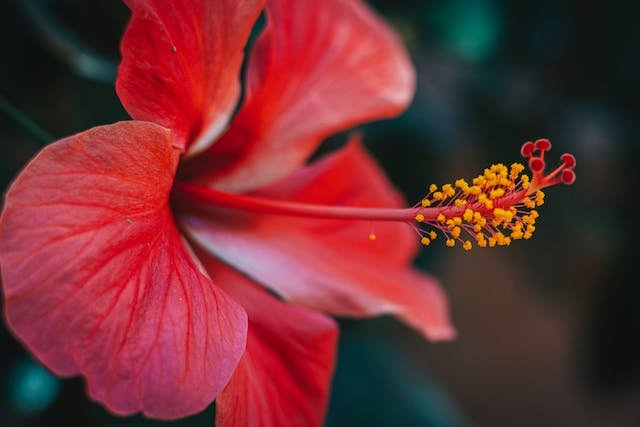The Secrets of Iris Flowers:10 Intriguing Fun Facts About Iris Flowers You Need to Know.
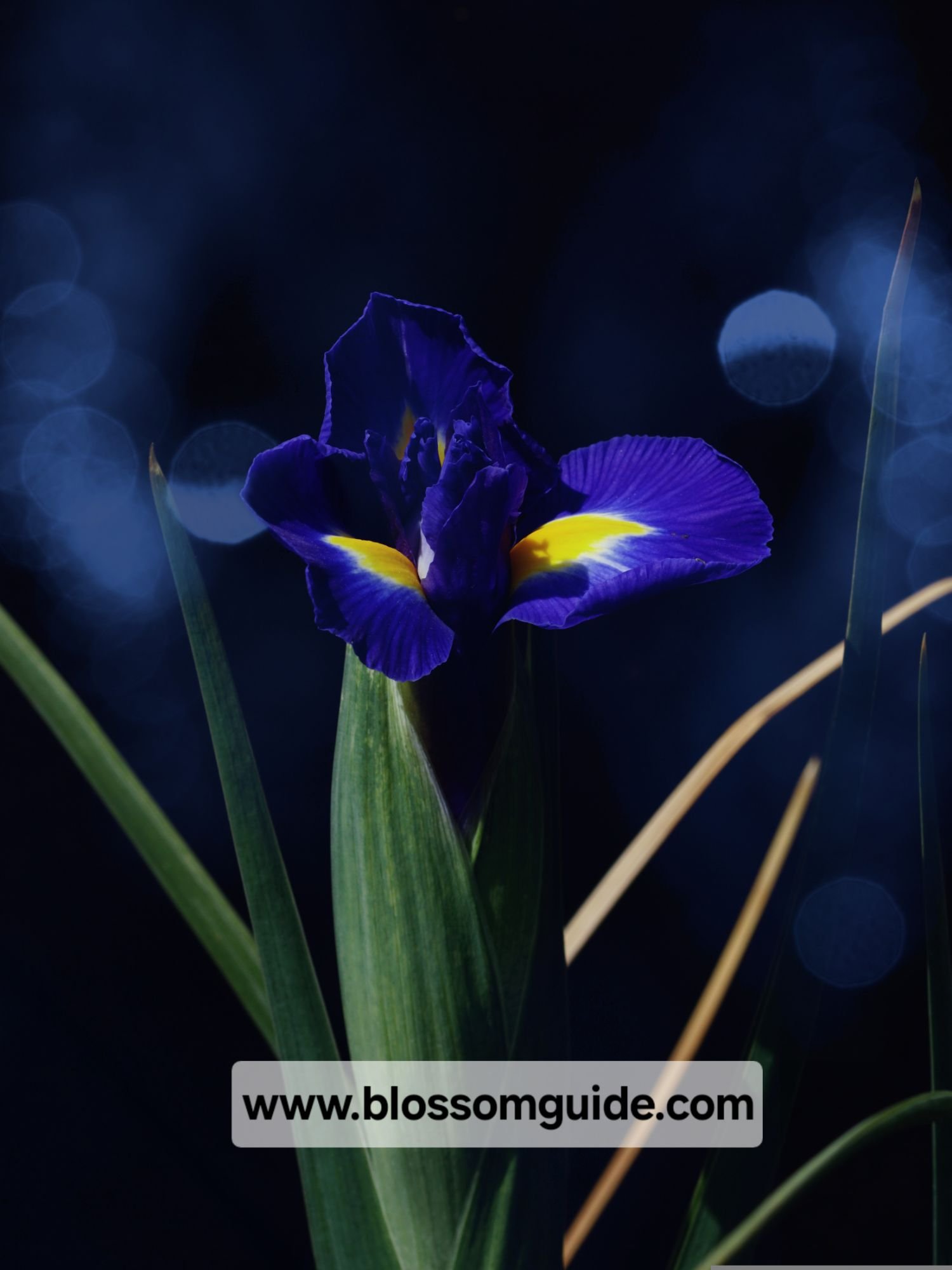
Iris flowers are renowned for their stunning beauty and symbolic meanings. Here are 10 lesser-known facts about iris flowers, explained in detail:
-
Diverse Species:
- Iris flowers belong to the genus Iris, which comprises over 300 different species, ranging from beardless to bearded irises, with a wide variety of colors, sizes, and forms, including dwarf varieties and tall, majestic blooms.
-
Symbolism and Mythology:
- The iris flower has been associated with various symbolic meanings and myths throughout history, representing faith, hope, wisdom, courage, and admiration in different cultures, and often featured in Greek and Egyptian mythology, symbolizing power and majesty.
-
Three Petal Shapes:
- Iris flowers are characterized by three distinct petal shapes, including standards (upright petals), falls (downward-hanging petals with distinctive markings), and signals (prominent markings on the falls guiding pollinators to the nectar).
-
Rhizome Growth:
- Irises are perennial plants that grow from underground rhizomes, specialized stems that store nutrients and produce roots and shoots, allowing the plant to thrive in various soil conditions and climates, with some species exhibiting invasive tendencies.
-
Fragrance Variability:
- While many iris species and hybrids are prized for their exquisite beauty, not all iris flowers are fragrant, with the intensity and fragrance profile varying among different species, cultivars, and individual plants.
-
Edible and Medicinal Uses:
- Some iris species, such as Iris germanica, have historical culinary and medicinal uses, with the rhizomes used in traditional medicine for their anti-inflammatory properties and occasionally employed as a flavoring agent in herbal preparations.
-
Cultural Significance:
- Iris flowers hold cultural significance in various traditions and societies, serving as a symbol of royalty, heraldry, and heraldic achievements, and often depicted in art, literature, and coat of arms, representing elegance, grace, and distinction.
-
Pollination Adaptations:
- The unique form and structure of iris flowers, including the distinctive falls and signals, are adapted for specific pollinators, such as bees and butterflies, facilitating efficient pollination and ensuring the continuation of the species.
-
Seasonal Bloom:
- Irises exhibit a range of blooming periods, with some species blooming in early spring, while others flower in summer or fall, providing a diverse array of colors and blooms throughout the growing season, and offering gardeners opportunities to create dynamic and vibrant landscapes.
-
Hybridization and Cultivation:
- Irises are popular subjects for hybridization and cultivation, with extensive breeding programs producing a vast array of cultivars, hybrids, and varieties, showcasing a spectrum of colors, patterns, and forms, and contributing to the diversity and allure of irises in gardens, landscapes, and floral arrangements worldwide.
By exploring these lesser-known facts about iris flowers, one can appreciate the rich diversity, cultural significance, and fascinating characteristics of these beloved blooms, and cultivate a deeper understanding and admiration for the captivating world of irises in nature and horticulture.

